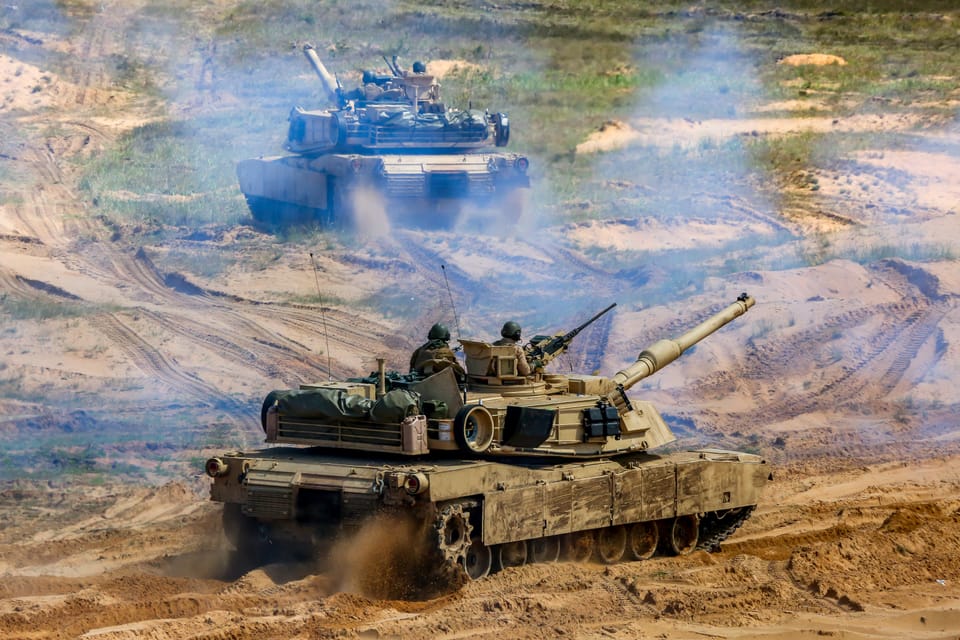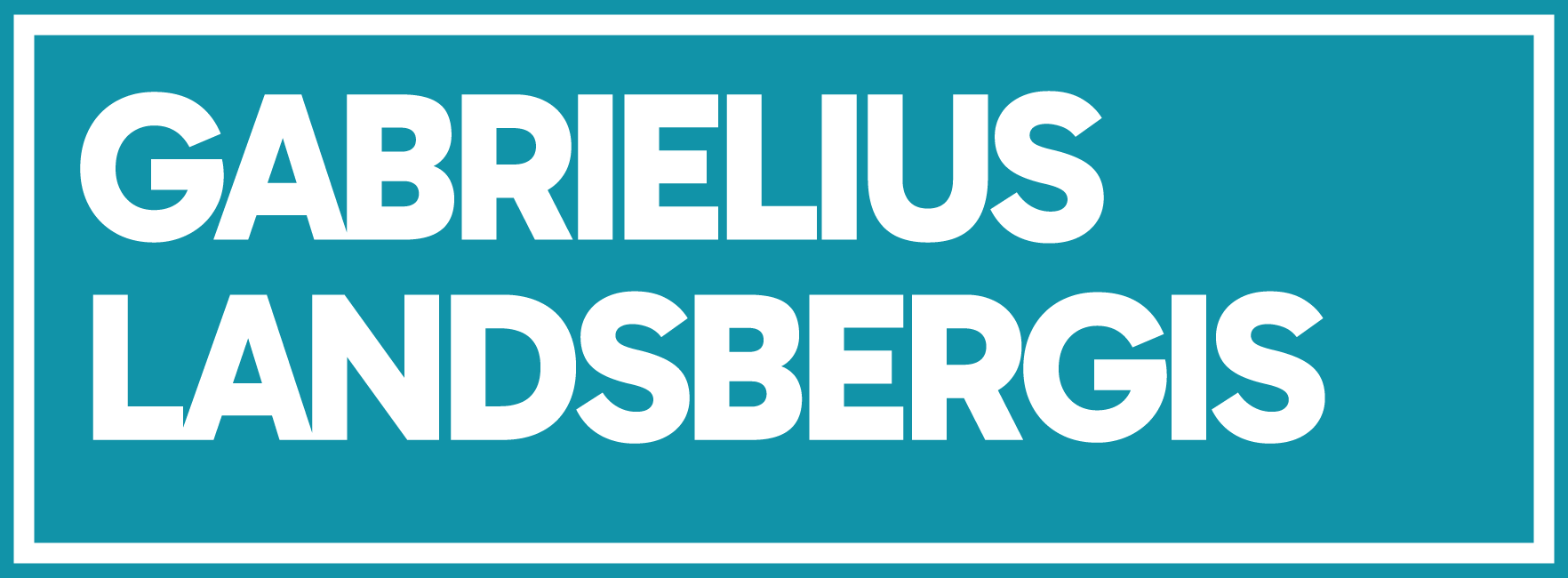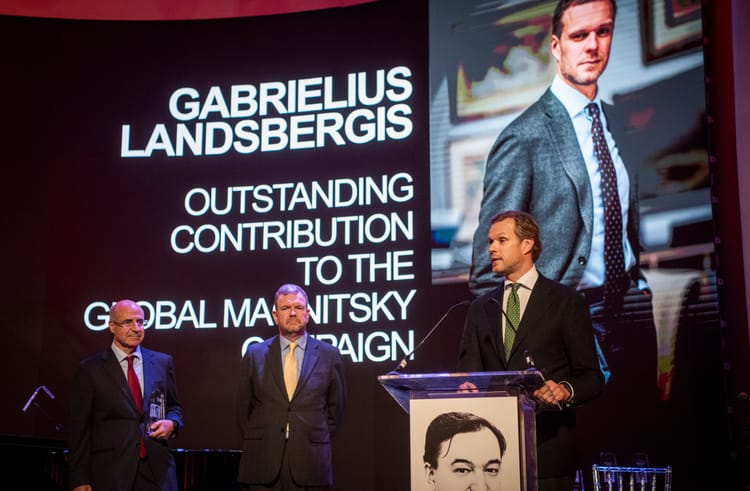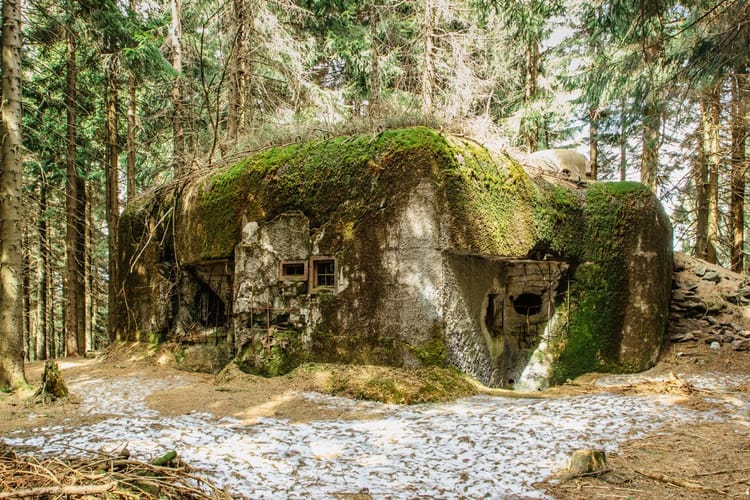NATO agrees 10-year plan to prepare for invasion that could happen sooner

Was this the worst NATO Summit ever? “Well, at least it wasn’t a disaster,” a friend said when we discussed the matter. And I had to agree — it could have been much worse. For example, we might not have had NATO anymore. But we still do. So, technically, yay.
As usual, here’s a couple of observations from a safe distance — this time brought to you from the so-called Public Forum in The Hague.
The 5% target sounds like a big deal. You will hear enough praise out there, so I’ll focus on the problems.
1.
First: nine countries still do not meet the 2% spending target. Spain is declaring that reaching 3.5% in TEN years is not realistic. But it would only require Spain to add roughly 0.18% of GDP every year for ten years to get there.
Belgium is saying there’s truth in what Spain is saying. Plenty of others, I’m pretty sure, are thinking the same - if choosing not to say it aloud.
BUT: since the declaration is confirmed, the question can be raised. If there are such wide disagreements in the alliance, does the text mean anything? Why should doubters act if they know others aren’t going to lift a finger? So therefore it is rather likely that the biggest chunk of new funding will be spent by those who are directly at risk - those on the Eastern Flank.
The core problem here is threat assessment. Many of the allies are oblivious to the existential threat to the Eastern Flank. They are willing to cover over a lack of strategic thinking with a paper-based commitment.
And because of that, NATO may falter at its potentially darkest hour - because we would just not be ready. Lithuania can spend 100% of its GDP but it would still not be enough to cover for those who are not meeting their commitments.
Additionally, the public won’t be able to press governments to do more — paper targets will be announced, and most will pretend that something is being done. Until the moment we’re forced to fight, we may not even know the real situation.
2.
Ukraine is falling through the cracks. It was a relief that Ukraine was mentioned in the declaration — but in far more ambiguous terms than before. It feels like the chance we had in 2023 or 2024 has been wasted.
Ukraine could have been invited. Should have been invited.
Now, even the famous “very well lit bridge to NATO” seems like an awkward thing to say between allies. What a waste.
3.
Trump. Conflicting announcements about Article 5 made many confused and worried. Is the President of the US implying that the US isn’t sure whether European countries should be defended?Later, that was dispelled and explained. But many remain confused.
On the plus side — if WE are confused, Putin most likely is as well. Strategic ambiguity is in play. So again yay, technically not a disaster.
The real situation will become clear when the US announces the results of its posture review.
If there are changes in troop deployments in Europe — especially along the Eastern Flank — that might be the signal Putin is waiting for.
4.
Lastly, I cannot find the words to describe the communication chosen by the Secretary General. I feel I might speak for a significant part of Europeans — it’s tasteless. The wording appears to have been stolen from the adult entertainment industry.
It reduces Europe to the state of a beggar — pitiful before our Transatlantic friends and Eastern opponents alike.
Whatever the goal was — it is disgraceful.
What we are witnessing may be the most reckless gamble of our generation.
If somehow the West manages to deter the Russians, help the Ukrainians, rebuild credibility, and restore order — well, all will be forgotten and forgiven.
But, God forbid, if not — all of this, the paper commitments, the gushings of weakness and meekness, will be remembered as one of the most shameful episodes in modern history.
Have you said thank you once?
If you appreciated this article and you would like to support my work, join Friends of Democracy today!






Member discussion